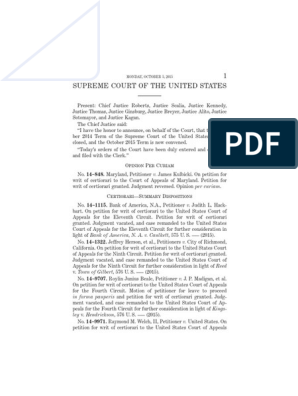0% found this document useful (0 votes)
47 views10 pagesDying Declaration
The document provides information about dying declarations under Indian law. It defines a dying declaration, outlines when they are considered relevant evidence, discusses how they can be recorded and in what forms, and notes some exceptions to when dying declarations are admissible.
Uploaded by
sakshmit.mathurCopyright
© © All Rights Reserved
We take content rights seriously. If you suspect this is your content, claim it here.
Available Formats
Download as DOCX, PDF, TXT or read online on Scribd
0% found this document useful (0 votes)
47 views10 pagesDying Declaration
The document provides information about dying declarations under Indian law. It defines a dying declaration, outlines when they are considered relevant evidence, discusses how they can be recorded and in what forms, and notes some exceptions to when dying declarations are admissible.
Uploaded by
sakshmit.mathurCopyright
© © All Rights Reserved
We take content rights seriously. If you suspect this is your content, claim it here.
Available Formats
Download as DOCX, PDF, TXT or read online on Scribd
/ 10





















































































